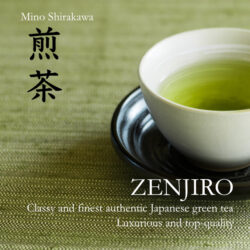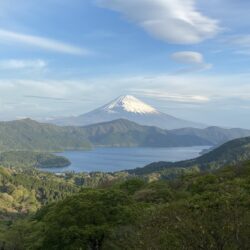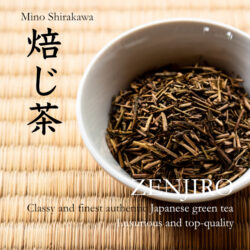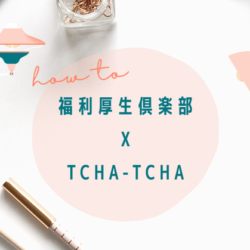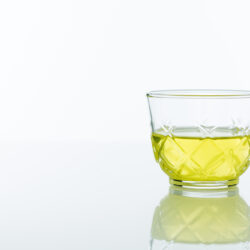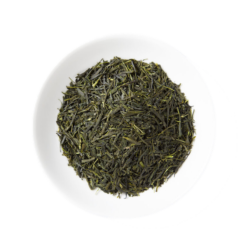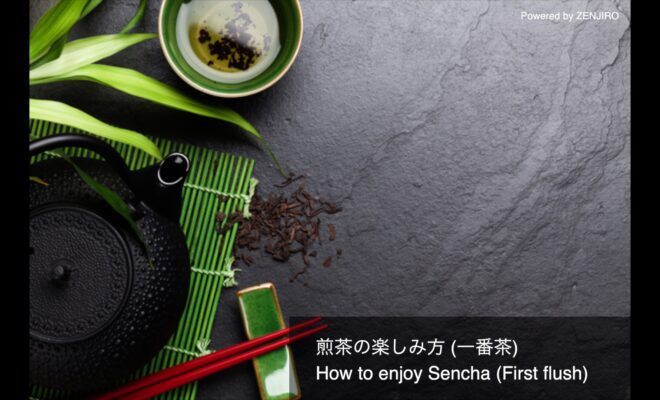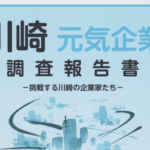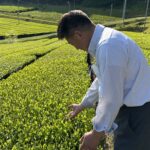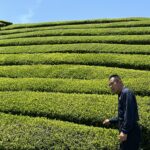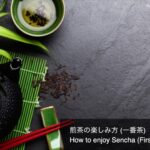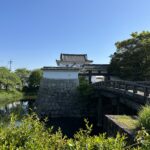May 1st was 88th night from beginning this year of the lunar calendar. The 88th day counting from the beginning of spring on February 3rd, the day after “Setsubun”.
“Eighty-eighth nights when summer is approaching
Young leaves grow in the fields and mountains
You can see tea leaves picking workers?
With madder-red sash and sedge-woven hat”
“Fine days continue today
Sing while picking it in your heart
Pick up tea leaves, pick up, you must pick it up
If not pick up tea leaves, it won’t be Japanese tea. “
Akane’s tasuki (madder-red sash) is used to roll up the sleeves, and while blocking the sunlight with a suge (sedge-woven) hat, the young leaves of the tea plant are hand-picked with one core and two leaves. Anyway, it’s a lot of hard work to do it.
It is a darker madder color than the gorgeous orange-tinted “Hi-iro” scarlet color, such as dyed in madder red or “Akane sasu (becomes a brighter color)” in the Japanese poem, but it is also used for plant dyeing. It has the effect of stopping bleeding and reducing fever. Even if you cut your finger with tea picking, you can stop bleeding with Akane’s tasuki. It’s the wisdom of Japan, which is a country full of medicinal herbs.
In this way, the picked Ichibancha (1st-picked tea) will be “steamed” immediately by the next day. It takes about 20 seconds for light steaming and about 50 seconds for Shizuoka style deep steaming, etc., which prevents oxidation from progressing and fermentation. This is the point of non-fermented tea unique to Japanese tea. The basic character of “taste, aroma, and green liquid color” is determined by this process. The deeper the steam, the easier it is for the cell membranes of the tea leaves to break in later processes, resulting in a darker light blue color and less astringency and aroma.
Next is “kneading”. This is why the tea leaves of sencha are twisted. It has the effect of loosening the fibers and spreading the umami ingredients throughout the tea leaves. While doing this and “dry”, “Aracha (unrefined tea)” is made, and at this stage, sorting is done. The factories and producers in each production area perform the process up to rough tea.
After that, it is made into a finished tea through “burning” and, in some cases, “go gumi (blend)”. Blend is common, but of course there are also single-origin tea leaves like single malts of the wiskey, such as “Yamazaki” and “Hakushu.”
Not all new teas are available in May-June. With advanced freezing technology, you can now enjoy the best tea of the year. According to a study conducted by the Vegetable and Tea Industry Research Institute, there was no deterioration in quality when stored at -60 ° C or lower, regardless of storage conditions (aerobic packaging, nitrogen-replacement packaging) and thawing conditions (low temperature or room temperature thawing).
Of course, hojicha is good, but ZENJIRO hopes more people to know the charm of sencha.

